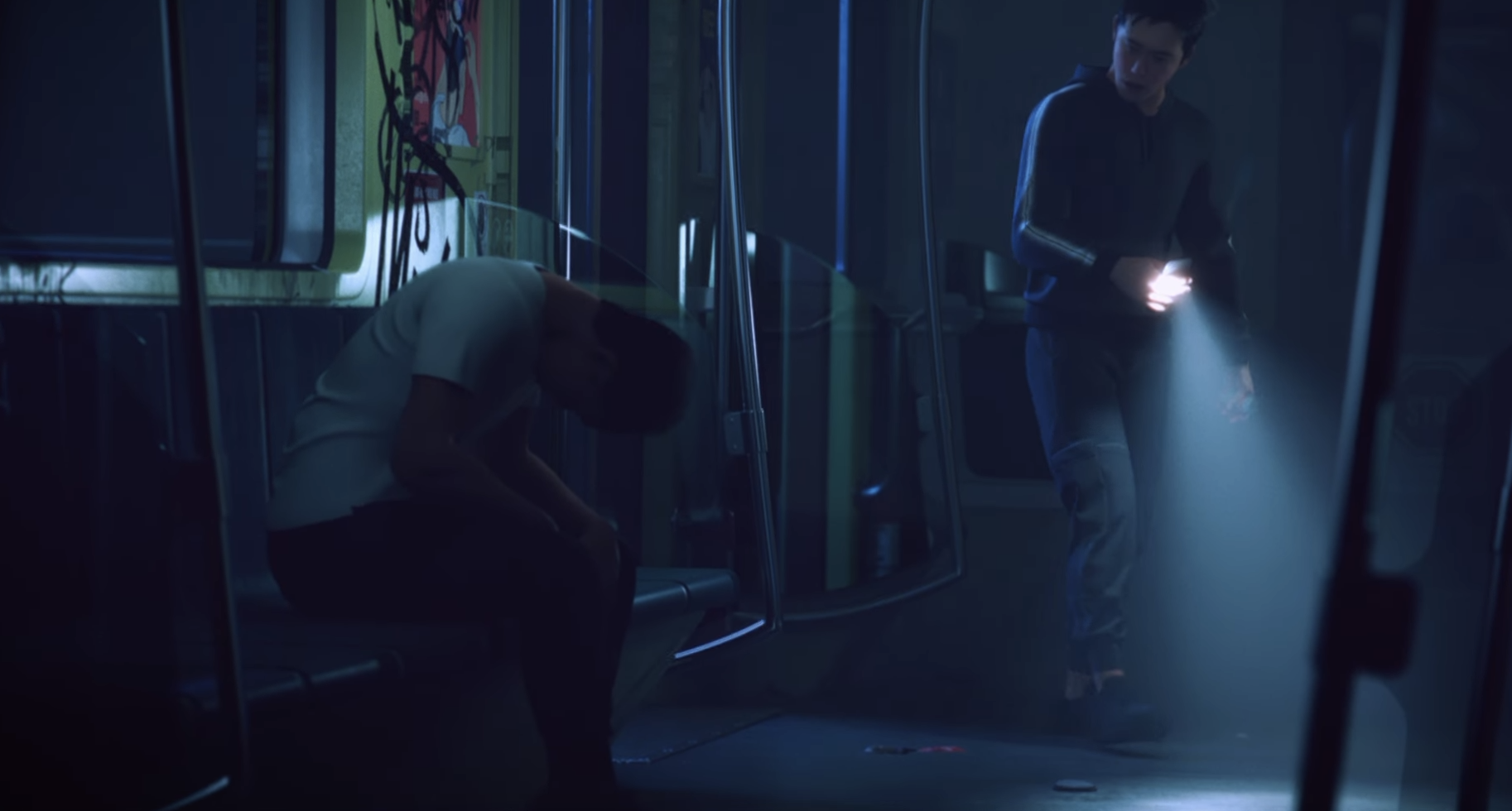S3 E94 Half Life 2: Shelf Life (September 2023)

This week we discuss one of the best HL2 films from the 2009 era – Shelf Life by Pixel Eyes Productions. The film, which is in two episodes, won a heap of creator awards back in the day and has definitely stood the test of time for us. There are some fun sci-fi and weird tropes integrated into the story, which we discuss, as well as the very well done sound design and original music. We’d love to see these guys pick this project back up, although of course, none of the issues they faced back then will be a problem now – just a whole set of new ones to overcome!
YouTube Version of This Episode
Show Notes and Links
Films
Chapter 1 Shelf Life: You Are What You Remember, by Pixel Eyes Productions, released 6 July 2009 –
and Chapter 2 Shelf Life: After the Scan –
Music video by Pixel Eyes to E V Kain’s Yes No Maybe, made in iClone –








Recent Comments